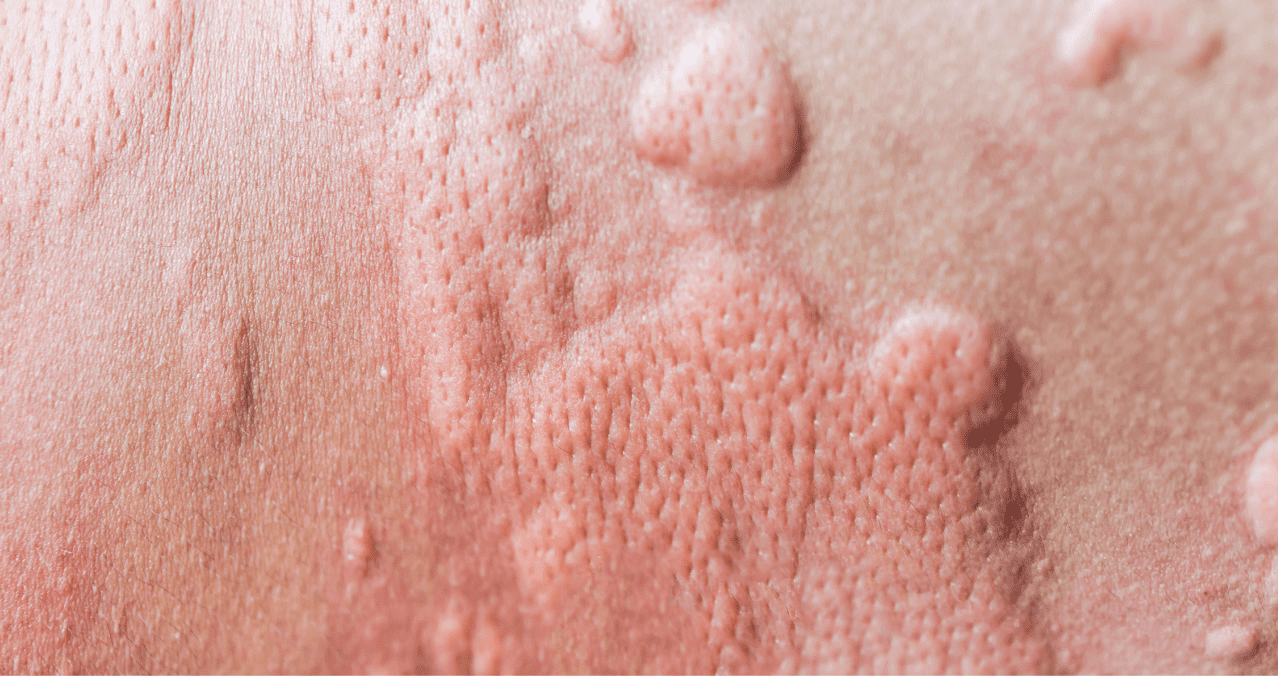Study shows advances in treatments for patients with angioedema in Puerto Rico

45.5% of these patients were on prophylactic therapy and 77.3% on salvage therapy.
The study collected samples from patients who attended a private clinic with recurrent angioedema.
Patients with hereditary angioedema (HAE) type 1 and type 2 showed better responses to treatments as documented by decreased delays in diagnosis, attack rates, emergency room visits, and/or hospitalizations, and improved quality of life in treated patients.
Angioedema is an urticaria-like reaction that affects the deeper layers of the skin. It can occur with hives or on its own. Symptoms include hives that form within minutes to hours.
According to researchers, including Dr. Rafael Zaragoza, president of the Puerto Rican Association of Allergists, there have been an increasing number in the past five years.
Of the identified cases of HAE and acquired angioedema (AAE)
in Puerto Rico.
They attribute this to several factors, including: recovery of previously diagnosed cases and families identified (six), increased awareness of the disease (among patients and clinicians) and improved access to diagnostic laboratories.
In addition, they add, increased disease prevalence may also occur due to inbreeding due to geographic “conditions”.
However, the increase in cases of HAE is a concern on the part of immunologists and allergists due to the high cost of available treatments. In addition, the study confirms that, to date, the Puerto Rican government has not included HAE in the list of primary immunodeficiency disorders, which means that it is not considered a catastrophic disease and is therefore not covered by the Health Fund. State insurance.
The study collected samples from patients who attended a private clinic with recurrent angioedema – no urticaria – from 2013 to 2016. All patients with HAE (types I and II) received salvage treatment and prophylaxis for those who had two or more attacks per month.
Among the most notable findings, it was found that among the 48 patients, 22 (45.8%) patients were identified with HAE (type I or II).
Similarly, 23.5% had 2 to 3 attacks before treatment, which decreased by 17.6% after treatment. Finally, 35.3% experienced more than 3 seizures before treatment and had no seizures after treatment.
The number of emergency room visits decreased at 6 months from 64 to 7, and the number of hospital admissions at 6 months decreased from 35 to 7 after treatment.
The median delay in diagnosis was 4.3 years versus patients diagnosed in or before 2012, who averaged 8.6 years, and patients diagnosed after 2012 averaged 0.4 years.
Hereditary angioedema type 1 and type 2 are rare diseases caused by autosomal dominant inheritance of mutations in the C1-INH gene.
Clinical manifestations of HAE involve intermittent episodes
From subcutaneous edema, which usually affects the airways
and the digestive system.
Upper respiratory tract involvement can lead to serious, life-threatening symptoms, including suffocation, unless appropriate measures are taken.
Access the link here.

“Award-winning zombie scholar. Music practitioner. Food expert. Troublemaker.”


/cloudfront-eu-central-1.images.arcpublishing.com/prisa/AHVYMMDSTZDTDBFNZ3LMFUOKNE.jpg)








